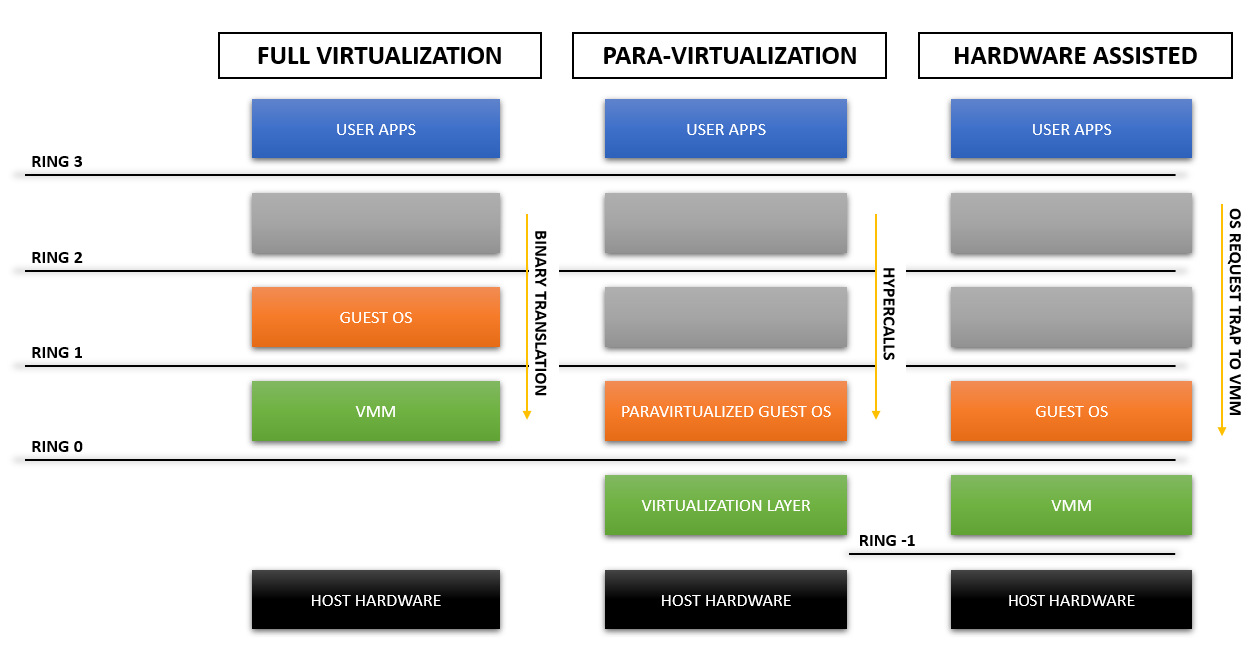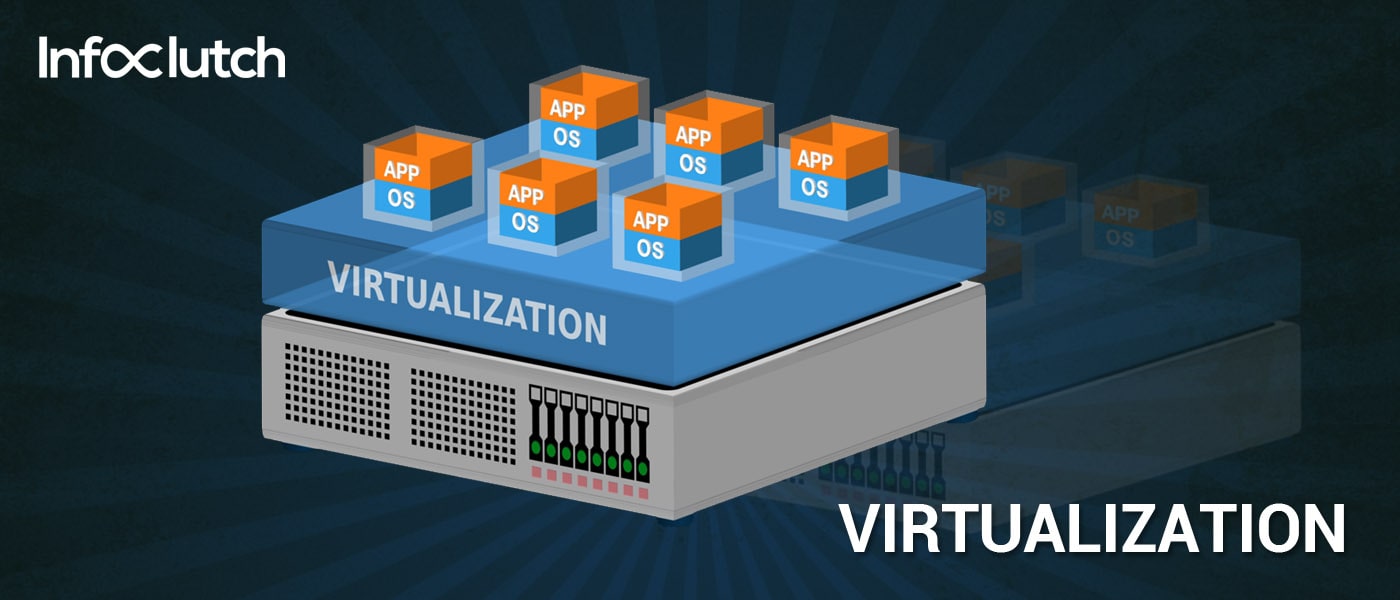The process helps run various OS at the same time. It involves VM that has to perform like a real-time computer via the operating system. The whole system activates the software to improve the productivity.
The best example is if a computer has the Linux operating system can have the virtual machine to run even Windows.
The network virtualization, server virtualization, storage virtualization, desktop virtualization, and application virtualization are the most used in organizations. The technology requires the right expertise for integrating into the process of the organization.
How does virtualization work?
It executes with the help of a hypervisor; this is the software performing like the hardware. It gets the right interaction between different VMs in the organization. Various resources can be given to the machine for the effective functioning of the system.
The total system includes the memory, CPU, and the total resources in the entire environment.
Some of the virtualization components are:
- Virtual network functions
- Virtualization software
- Virtualization hardware
- Management
It includes the host machine, virtual machine, and the hypervisor in action. Here, hypervisor is the connector software.

The entire strategy works as:
- Analyzing the environment: It is necessary to know what’s there in the already existing environment, and the availability of the server and network inventory. Understanding the function and role of each server.
- Developing a plan for virtualization: A precise thinking and strategizing is needed to develop the plan for virtualization. With this, you can make the entire process go on the right track.
- Shortlisting the right hypervisor: Finalizing the right supervisor as per the requirements of the organization is the next step. Some of the companies that help in this process are Microsoft, VMware, Oracle, and others.
- Timeline: Timeline projection is the next step in this process. It is necessary as without that, the whole approach would fail.
Broader classification of virtualization:

- Full virtualization: The solution triggers the hardware to let the software work in the virtual machine. It eases the migration process.
- Para-virtualization: It is the technique that acts as the boundary for the virtual machine. The software is almost the same as the hardware interface.
- Hardware-assisted virtualization: It is the approach that simulates full virtualization with the right hardware components.
Benefits of virtualization:
- Helping in the disaster recovery
- Decreasing the operational costs
- Improving productivity and efficiency
- Easier data center management
- Decrease in downtime
- Improved agility
- It gives the flexibility
- Better backup
- Fast testing
- Exponential energy savings
- Improved migration process
Disadvantages of virtualization:
- The complexities added to the process is one of the cons of virtualization.
- It requires more investment in the hardware as the process involves running multiple operating systems
- It increases the expenses of the organization
- Extra training is needed for the process
Top companies implementing virtualization:
- Coca-Cola: The company virtualized its data center and the results were amazing. It witnessed lower cable costs, lower server costs, saving of power, reduced SAN costs, and the lower cooling costs.
- Sierra Group: Sierra Group, the company, specialized in construction and facility services, adopted virtualization to streamline its operations. The process helped the company in zero downtime and improved productivity.

